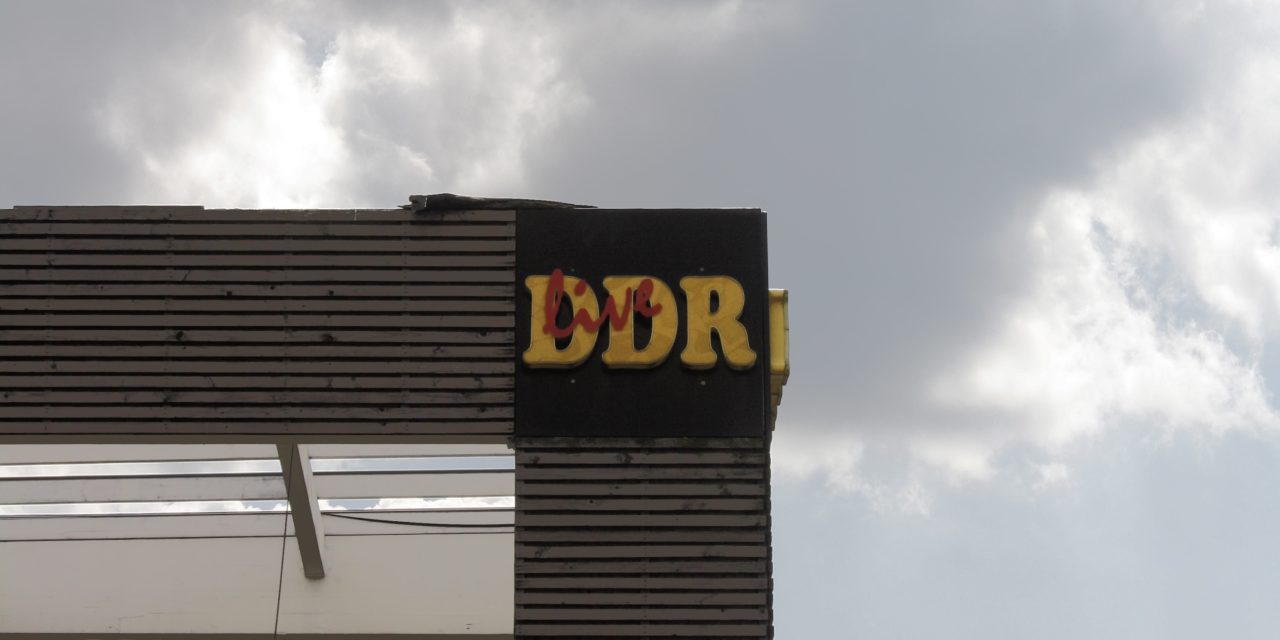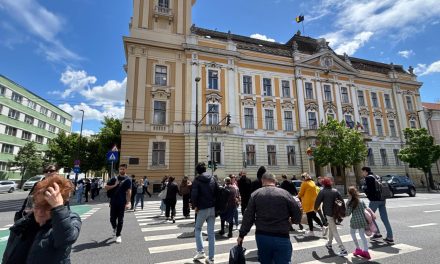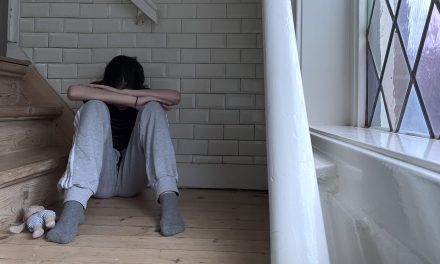For those born around 1980 in East Berlin, the fall of the Berlin wall marked a pivotal moment in their youth. As children, they sang songs celebrating the heroism of workers and proudly wore their pioneer uniforms. But everything changed in their early teenage years: the wall came down. Now, decades later, they reflect on their childhoods and the drastic transformations of their city, armed with the hindsight of history.
“Daily life in the German Democratic Republic (GDR) felt familiar to many,” says Arnd Bauerkämper, former professor of history at the University of Berlin. “Society was built on fixed structures. Men and women both worked, children went to daycare or Kindertagesstätte from the age of two and were raised to become good socialists.” The system was designed so that everyone contributed to the collective, essential to keeping the state running. As a result, schools played a central role in raising children. At the same time, children were granted a surprising level of independence.
This combination sparked mixed feelings. Many children recall their youth fondly and were barely aware they were growing up under a dictatorship. Journalist Ulrike Nagel, who grew up in East Berlin, explains: “One of the reasons I enjoyed my childhood was the amount of freedom we had as kids. Our parents weren’t around much, so we had a lot of responsibility. I used to ride the tram to the swimming pool on my own at age eight. And we didn’t abuse that freedom.” The GDR was known for its strict rules, subsidized goods, and limited consumer choices. Yet none of that felt restrictive to children. “We didn’t have a lot of things, but we didn’t even know those things existed,” Nagel says.
Still, many East Berlin children developed a curiosity about the West. Despite socialist teachings, everyday life was infused with signals from the other side of the wall. “At school I was a pioneer, a kind of socialist scout, but in the afternoons, I only watched West German TV,” recalls Hanno Hochmuth, project leader at the Leibniz Centre for Contemporary History (ZZF), who also grew up in East Berlin. Nagel remembers also the allure of Western television: “You’d see all the things you could buy, that was the most exciting part.” The West’s forbidden status only heightened its appeal. For East Germans, drüben (the other side) was not some abstract concept. It was a daily temptation. Still, Nagel didn’t feel deprived as a child. “We knew there were differences, but it was thrilling enough just to glimpse them from afar.”
Hochmuth:
Rising inequality after the fall
On November 9 1989 the Berlin wall fell, and the city became whole again. For many East Berliners, it was a new beginning, but also a time of uncertainty and upheaval. The initial euphoria of reunification was soon tempered by the complex reality. “Inequality between East and West increased after reunification. The transition was both a social and economic shock,” says Bauerkämper. “Older East Germans gained access to Western social safety nets. The generation in between, neither young nor retired, faced the biggest challenges.” Hochmuth adds, “They lost their jobs, their qualifications weren’t recognized, and they felt superfluous.”
Unemployment was a new phenomenon for East Germans. Under the GDR, job security was guaranteed through state-assigned work. But after the wall fell, many state-owned companies shut down. The eastern economy underwent a rapid restructuring. According to Statistisches Bundesamt, unemployment in the East rose above 10% by 1991. It peaked at over 20% in the early 2000s. Eventually, it declined. Thanks to economic growth, new investment, and the rise of creative and service industries.
For younger generations, the fall of the wall brought opportunities. “Suddenly, we had West German textbooks at school, and we had to learn that Marx was no longer a hero. The entire ideology changed,” says Nagel. This group adapted relatively easily. They were young enough to be flexible, but old enough to grasp the contrast between the old and new systems. According to Bauerkämper, this generation ultimately benefited the most from reunification. They gained access to higher education, international career opportunities, and a level of personal freedom their parents never knew.
A city reunited
Unemployment wasn’t the only challenge. Both East and West struggled with the process of becoming one Germany again. “Everyone knew things would change. A new era of integration and transition began and that was daunting. Many, especially politicians, promised that we’d overcome the division quickly. But expectations were too high. The rifts ran deeper than anticipated,” Hochmuth explains.
The line dividing East and West, it turned out, was more than physical. “It’s like apples and oranges, you can’t compare them,” says Nagel. “We were raised in completely different ways. And those differences are persistent, even passed on to the next generation. The differences are slowly fading, but now and then I still think: ‘Ah, that’s such a typical West Berlin or East Berlin lady.’”
The reunification of Berlin became visible in everyday life. One quirky example: older women often dyed their hair in striking shades. “It was probably meant to cover the gray, but it came out purple-ish,” Nagel laughs. “My mom and I said years ago, this will go extinct.” While such visual differences are gradually disappearing, they remain tangible reminders of the parallel worlds in which East and West Berliners were raised. And they reveal how, even amid progress, reuniting the city remains a work in progress.
Hochmuth:
Was the fall of the wall a good thing?
“Yes, absolutely. It changed my life. I’m so glad it happened, my generation gained access to the world,” says Hochmuth. The fall of the wall brought tremendous opportunities, especially for the youth. But it wasn’t just liberation, it was also a rupture. Unemployment, inequality, and the need to find a new place in society hit many hard. And the legacy of that transition lingers, even in how this generation now raises its own children.
Nagel sees echoes of her East German upbringing in her own parenting. “My eight-year-old daughter bikes home alone and has her own key. I pass on that same independence, though I keep a little more control than my parents did.” In this way, the past continues to shape the present. The system may be gone, but its imprint endures in who they’ve become.
Hochmuth:
Data Transparency
For the data visualization, statistics were drawn from Germany’s Federal Statistical Office (Destatis), particularly the dataset Registered Unemployed and Unemployment Rate by Area. The figures clearly show a rise in unemployment in the new federal states, including Berlin, after reunification. In contrast, former West Germany (excluding Berlin) experienced only a mild increase.
The dataset distinguishes between the former territory of the Federal Republic of Germany (West Germany, excluding Berlin) and the new federal states (East Germany, including Berlin). It illustrates a clear structural inequality in unemployment rates after 1990. Throughout the 1990s, unemployment in the East soared and consistently remained higher than in the West. In some years, rates in the East exceeded 15%, while the West stayed below 10%.
The figures reflect registered unemployment, an administrative measure influenced by how unemployment was defined and tracked at the time. Changes in definitions or registration methods over the years may affect comparability.
Additionally, while the East-West divide offers useful context, it simplifies a more complex reality. Within each region, variations exist. Still, the dataset shows a persistent pattern: economic inequality between East and West is mirrored in unemployment data. Despite reforms and investments, the gap remained visible for years.




